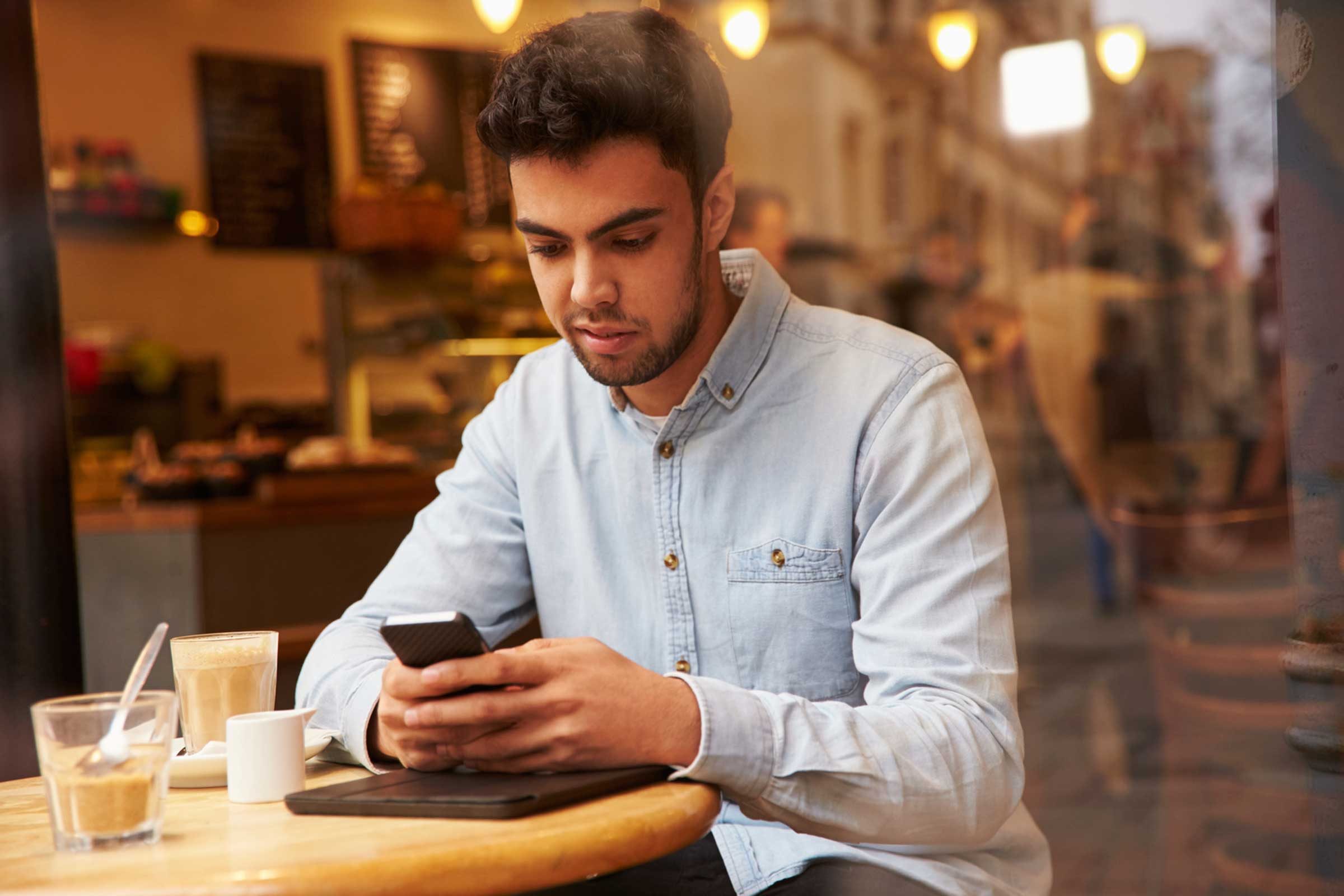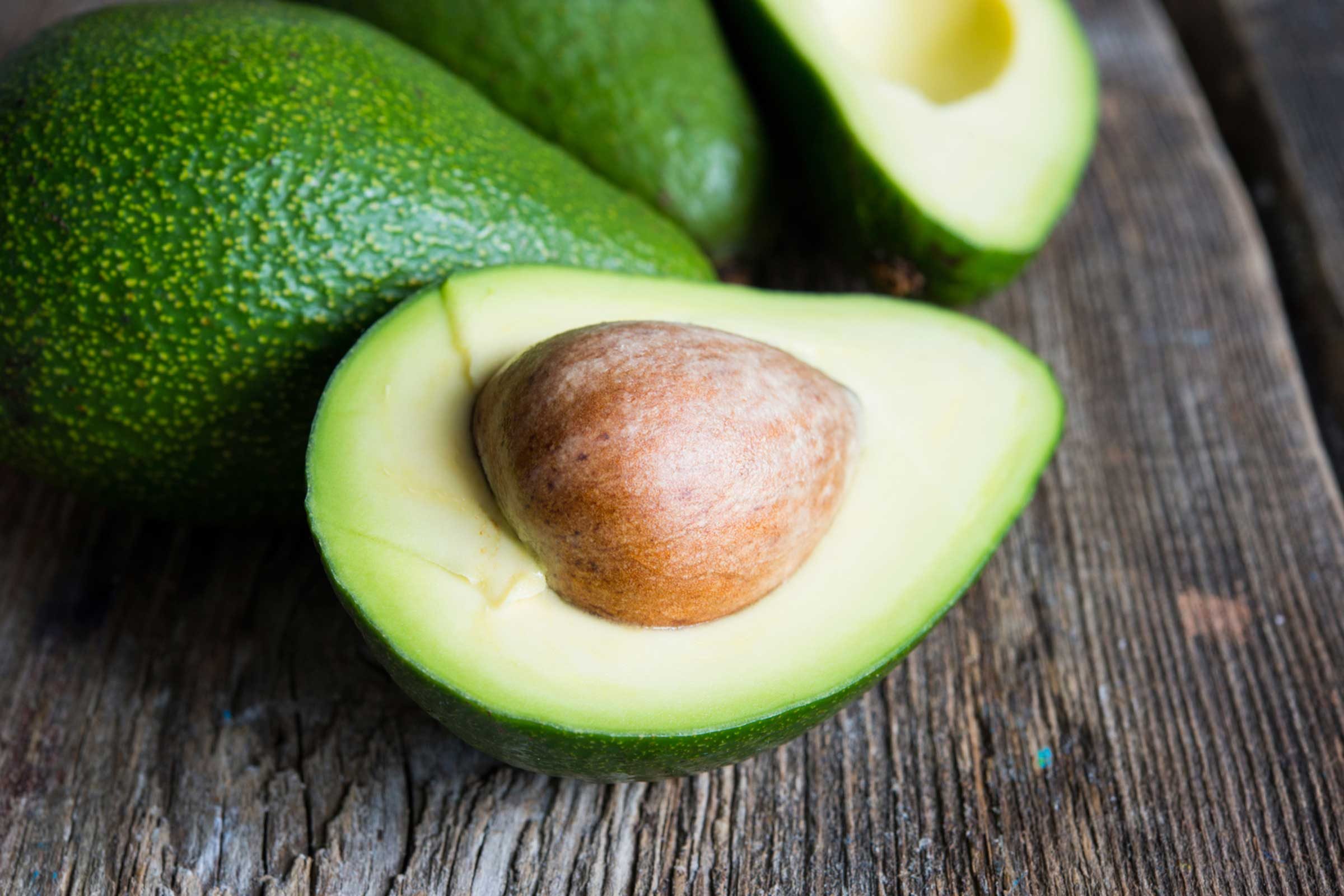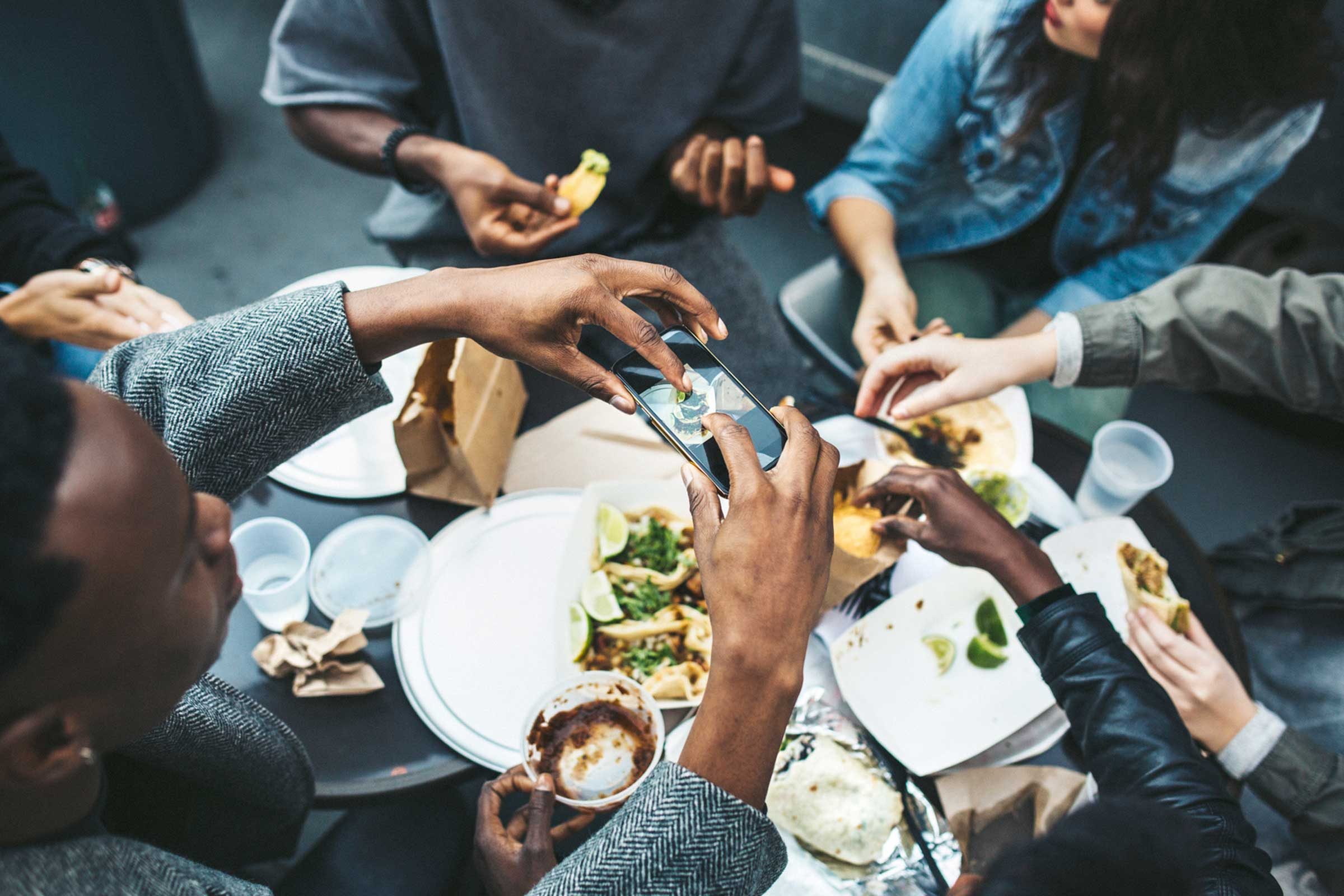
Distract yourself for a few minutes
When a craving crops up (must have that cheese pizza now), you don’t have to pick up your phone and place an order for delivery. Instead, quash it by doing something else. In a recent study published in the journal Appetite, participants viewed a menu of yummy-sounding foods in order to pique temptation. Those who moved onto a distracting activity—playing Tetris for three minutes or solving a puzzle—experienced fewer cravings and were more likely to choose fruit as a snack or a non-food reward over chocolate or candy compared to a control group. Distraction interrupts images in your head of these crave-worthy foods, so, well…you forget about them. Here are science-backed tips to stop cravings.

Imagine your success
Does snacking get in the way of your weight loss goals because the bag of chips is just too hard to resist? Try Functional Imagery Training (FIT), developed by researchers at Plymouth University in the UK, a new strategy where you imagine your health and weight loss goals in a vivid way (e.g. focusing on the immediate benefits of feeling good and recalling past triumphs where you said ‘no’ to that cupcake at work), which ultimately kicks the craving out of your brain and keeps you motivated. In a 2016 study, people who attended a session of FIT ate fewer junky snacks over the next two weeks compared to another group who started the trial later. By the end of the trial, both groups had cleaned up their snacking habits. Score! These are bizarre weight-loss tips that really work.

Forget the “D” word
That’s “diet.” People who are naturally slim don’t diet, say researchers at the Cornell Food and Brand Lab who have created the Global Health Weight Registry. In their study of nearly 150 participants, 74 percent said they never or rarely dieted. That doesn’t mean that they woke up to doughnuts and ended the day with a double scoop of mint fudge, because most of them said they paid attention to their eating habits. But rather than falling into restrictive diets (which don’t work), they do other non-diet-y things like listen to their hunger and focus on real, whole foods. These are common reasons you eat when you’re not hungry.

Call out your emotions
You reward yourself with a slice of pie for a job well done. Likewise, when you’re stressed to the max, mindless snacking takes over, and soon the sleeve of cookies is gone. In a survey by Orlando Health in late 2015, 31 percent of Americans said that diet and exercise was “the biggest barrier to weight loss” but only 10 percent said psychological factors played a role. But the truth is, we eat for many emotional reasons, and to lose weight you have to understand the why behind what you’re eating, Orlando Health neuropsychologist Diane Robinson, PhD, said in a news release. Before munching, she recommends asking yourself if you’re doing so because you’re hungry? If the answer is no, it might take some soul searching to finally address the emotions involved in your eating habits. These tricks can stop emotional eating in its tracks.

Get health amnesia
Before you sit down to the table (please tell us you’re sitting down when eating!), ignore all thoughts of “that quinoa is good for me” or “that avocado has healthy fats!” Rather, eat to relish in the taste. In a study published in the Journal of the Association for Consumer Research, researchers discovered that people who think of a food as healthy also judge it as less filling—and then they scarf a bigger portion while still feeling hungry after. The fix? Think about how your meal is going to provide nourishment for your body and that satisfied feeling will return.

Instagram the deliciousness
Don’t be afraid to upload a shot of your sushi dinner first: Posting a pic on social media can help you enjoy your food more, per 2016 research in the Journal of Consumer Marketing. It’s the momentary delay between snapping a pic and digging in that tells your brain, “hey, you’re about to eat something special.” And yep, it works with more than just the burger and fries. Filling your social media accounts with like-minded healthy folks and sharing those snapshots of your salmon fillet and roasted Brussels sprouts can make them seem all the more tasty. These social media habits can help with weight loss.

Think gross thoughts
This may not be the most fun way to kill a craving, but it just may work. Looking at a gross image—a cockroach—when you want that ice cream could flip the switch in your brain that says, “uh, no thanks,” suggests a 2015 study in the American Journal of Clinical Nutrition. When researchers flashed participants disgusting images before photos of yummy foods like ice cream sundaes (the gross image was gone so quickly—in 20 milliseconds—so they didn’t know what they’d seen), people had less of an appetite immediately and had fewer cravings for those foods up to five days later. When your brain begins to associate disgust with a food, it becomes less appetizing. Here are more ways to train your brain to hate junk food.